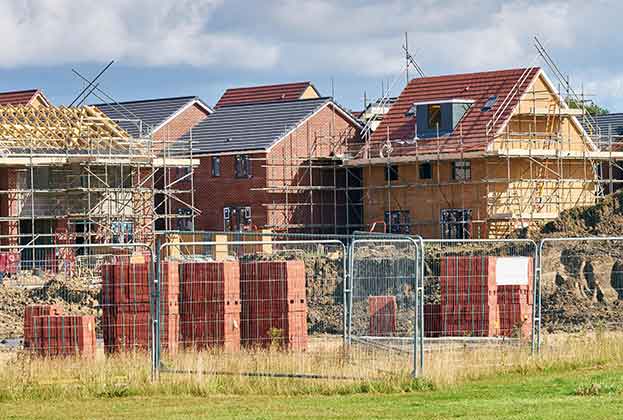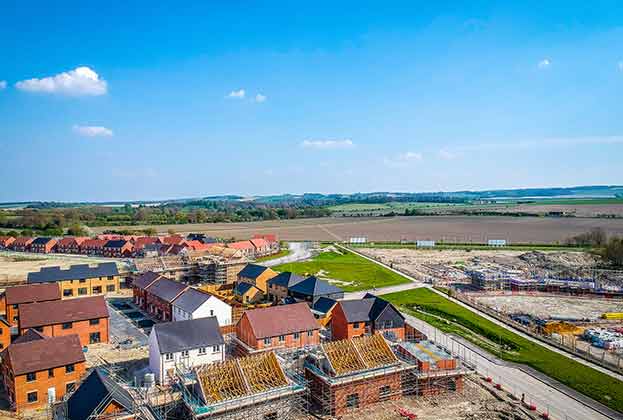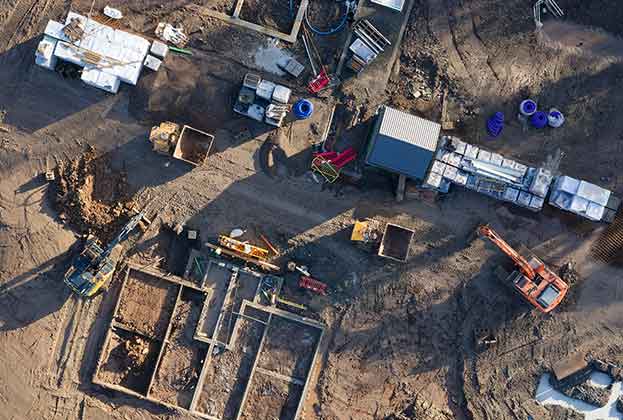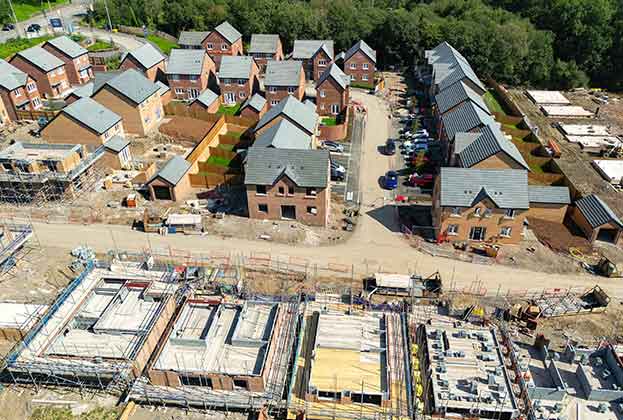The need to assess and manage environmental impact in the context of planning and development has never been more important.
We are at a pivotal moment in human history. In March 2023, the Intergovernmental Panel on Climate Change declared a final warning on the climate crisis, stating that rapid action must be taken now to avoid the worst impacts of climate change. The UK is already experiencing widespread changes to its climate; since 1900, UK sea levels have risen by 16cm and average UK land temperatures are roughly 1.2°C higher than pre-industrial levels. Estimates also suggest that there has been a 13 per cent decline in the average abundance of wildlife in the UK since 1970.
Adding to this, the Covid-19 pandemic combined with increased media attention on the potential impacts of environmental pollution on health and wellbeing, has moved health protection up the agenda.
Recent changes to legislation reflect the shift to a more socially conscious and environmentally sustainable world. These include updates to Environmental Impact Assessment (EIA) Regulations (2017), which explicitly list ‘population and human health’ and ‘climate change’ as new topics to be considered when undertaking an EIA.
Other regulatory responses have resulted in:
- the need for all planning permissions granted in England (with a few exemptions) to achieve at least 10 per cent biodiversity net gain
- the need for development to achieve nutrient neutrality in some local authorities
- the need for developers to demonstrate water neutrality in some areas experiencing water stress
Increasingly, environmental and social issues are taking precedence in the granting of planning permission. Development that showcases high social and environmental value, whilst creating minimal negative environmental impacts, is increasingly favoured and can provide developers with a competitive advantage and higher premiums.
Communities, meanwhile, are becoming more engaged in how development can impact health and wellbeing with increasing interest in the Health Impact Assessment process.
Other hot environmental topics include air quality and noise, both of which often require assessment as a bare minimum to support planning applications.
Air quality has long been considered a determinant of health and has been recognised as such within national and international legislation and guidance.
Similarly, noise is also an important element of environmental design and planning that can have significant implications if not taken into sufficient consideration. Living in noisy areas increases the risk of adverse physical and mental health effects, ranging from simple annoyance through to increased risk of cardiovascular conditions. Consequently, good acoustic design is critical to ensuring that new residential development can provide a good and healthy level of residential amenity.
Overall, the shared aspiration to live in a healthier, more sustainable and socially conscious society has been recognised by both regulators and investors. Research by Deloitte suggests that ESG-mandated assets are likely to represent half of all professionally managed assets globally by 2024. This ever evolving landscape presents new challenges and opportunities for the real estate sector, which is currently responsible for 42 per cent of the UK’s carbon emissions and is legally required to achieve net zero by 2050.
Further information
Contact Miles Ryan-Cummings or Tara Barratt




.jpg)


.jpg)

.jpg)
